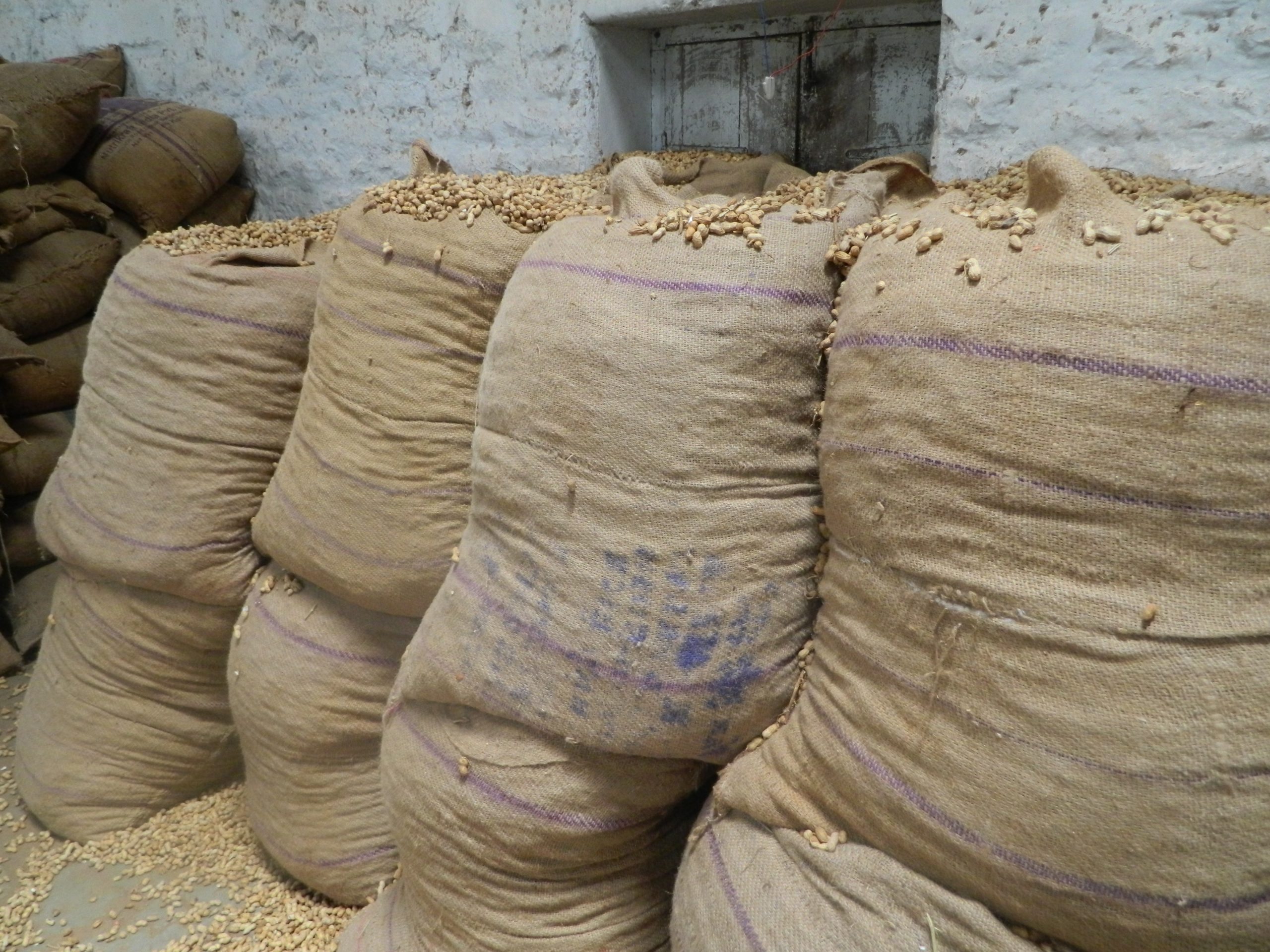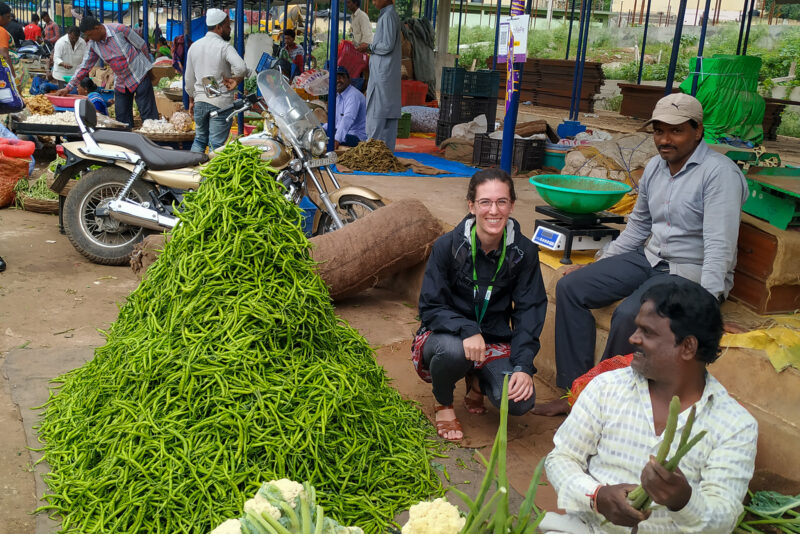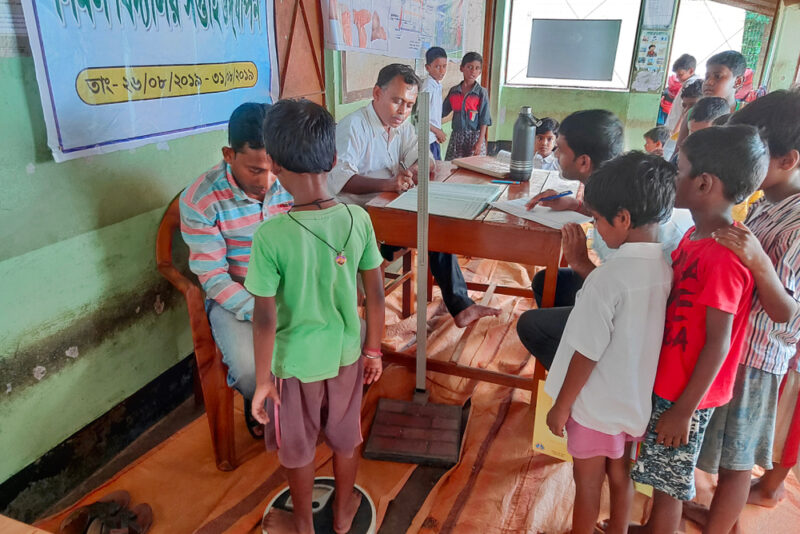New TCI Study Identifies Household Risk Factors for Mycotoxins

A new study co-authored by researchers at the Tata-Cornell Institute for Agriculture and Nutrition (TCI) identifies household risk factors for exposure to mycotoxins—harmful chemicals produced by fungi—that can be targeted in food safety interventions. The study focuses on aflatoxin, a particularly harmful mycotoxin that plays a role in numerous adverse health and nutrition outcomes, including cancer.
Published in PLOS One, “Exploring Aflatoxin Contamination and Household-Level Exposure Risk in Diverse Indian Food Systems” was co-authored by TCI research associate Anthony Wenndt and director Prabhu Pingali, as well as Hari Kishan Sudini and Rebecca Nelson.
The study is based on field work undertaken by Wenndt while he was a TCI scholar in India. Aflatoxin is a pervasive—yet largely invisible—food contaminant that jeopardizes the integrity of many Indian diets. While the importance of managing aflatoxin exposure is universally acknowledged, the extent to which the burden can be assessed and ameliorated in smallholder-dominated food systems is insufficient.
Based on the surveys, the researchers developed a novel household-level risk index of factors determined to be highly contributive to aflatoxin exposure, including the presence of high-risk commodities, post-harvest grain washing, use of sack-based storage systems, and whether or not the household engaged in farming.
Wenndt and his colleagues used household surveys conducted in villages in Uttar Pradesh, Bihar, Odisha, and Telangana to understand which commodities and practices are most associated with contamination events across diverse Indian food systems. Across regions, aflatoxin was detected in the household food of between 30-80% of participating households. While maize and groundnuts bore the most substantial toxin burden, aflatoxin was also observed at concerning levels across other commodities, particularly rice and sorghum.
Based on the surveys, the researchers developed a novel household-level risk index of factors determined to be highly contributive to aflatoxin exposure, including the presence of high-risk commodities, post-harvest grain washing, use of sack-based storage systems, and whether or not the household engaged in farming. The index had moderate classification accuracy and was highly correlated with village-wise aflatoxin detection rates, indicating that the risk factors may be useful for non-invasive rapid surveillance of household exposure risk. In particular, the index may be best utilized as a strategy for identifying localities or food systems with the greatest need for targeted intervention programming.
While based on a relatively small exploratory sample, the study demonstrates the diagnostic potential of a household-based risk assessment approach that acknowledges the diverse foods and behaviors that jointly contribute to mycotoxin exposure risk. This perspective is distinct from existing prediction models, which generally focus on landscape- or sample-scale data and fail to acknowledge the human components of risk—those which may be the most accessible and effective targets for mycotoxin management in resource-poor settings.





